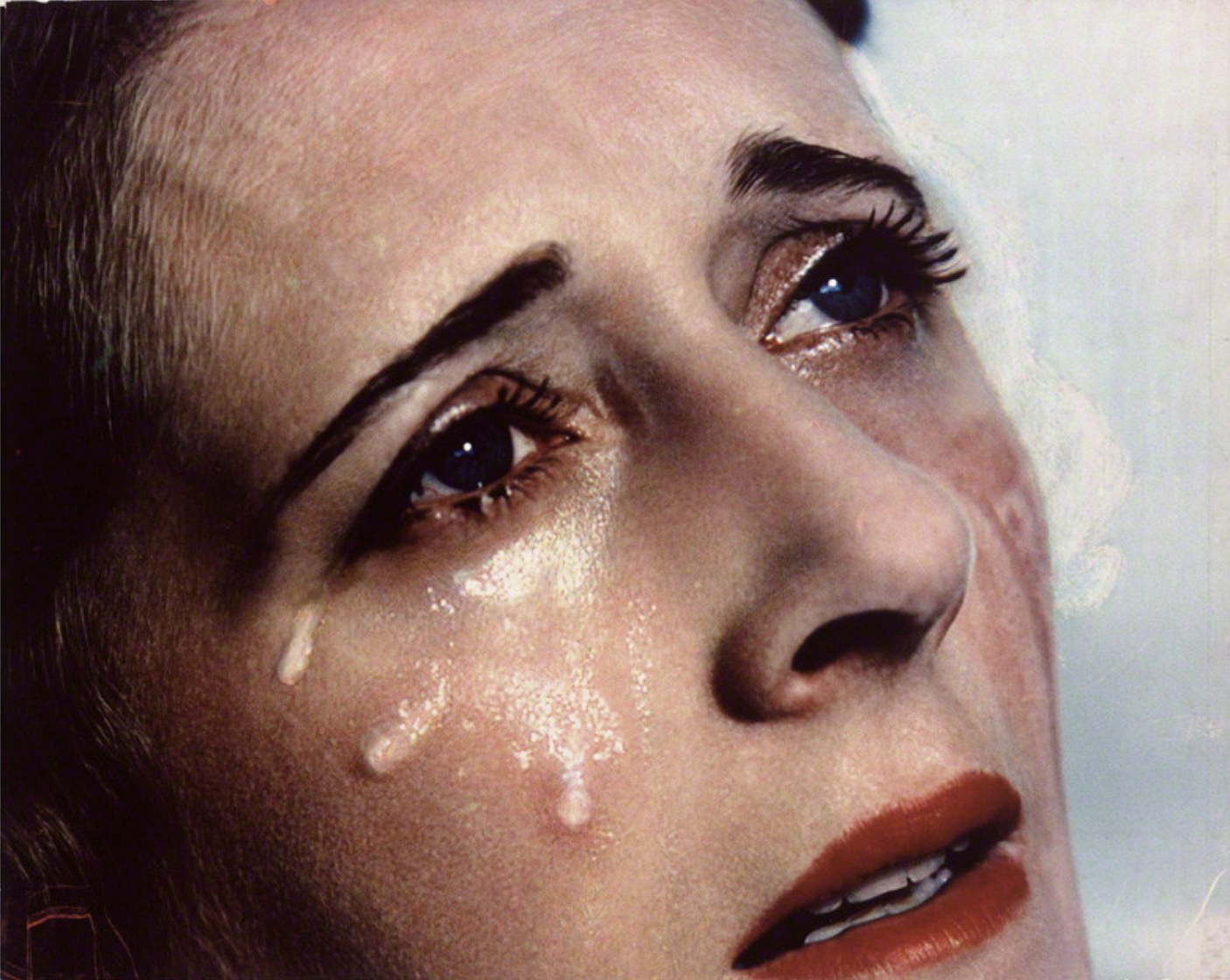Yevonde: ‘Be Original or Die’
Joan Maude by Yevonde (1932). © National Portrait Gallery, London
'Be original or die would be a good motto for photographers to adopt.’
Yevonde
I recently attended an exhibition of the work of photographer Yevonde. (‘Life and Colour’ is at The National Portrait Gallery, London until 15 October.)
Yevonde captured the Bright Young Things of British Society between the wars. She was the first British photographer to exhibit colour portraits. She shot with style and a light touch, and her images were laced with classical and surreal flourishes. She celebrated beauty, personality, modernity - and, above all, vibrant, thrilling, luminous colour.
‘In no phase of modern life has women’s influence proved so stimulating as in photography.’
Yevonde Cumbers was born into a wealthy family in Streatham in 1893. She was educated at progressive schools in England, France and Belgium. Having joined the Suffragette movement, she was prompted by an ad in the newspaper Votes for Women to apply for a job at a portrait photographer’s. After a three-year apprenticeship, and with a gift of £250 from her father, at the age of 21 she set up her own London studio - styling herself Yevonde, or sometimes Madame Yevonde.
‘I took up photography with the definite purpose of making myself independent.’
Yevonde photographed society figures and stage stars, debutantes and dowagers. While her pictures were carefully staged and lit, her approach was informal and witty. This was the golden age of the illustrated press and her work often appeared in magazines like The Tatler and The Sketch. As she gained recognition, she increasingly took advertising commissions too.
Orchids by Yevonde © National Portrait Gallery, London
‘In almost any other job I must have failed, but by great good luck I had adopted an art-trade-profession-science that, like myself, was not properly ‘grown up.’ I was carried along by a demand which exceeded the supply of the commodity.’
In the early 1930s Yevonde began experimenting with colour photography, using the new Vivex process. This technology employed three negative plates (cyan, magenta and yellow) exposed through a ‘one-shot’ camera and processed separately. Colour photography was frowned upon by the establishment at the time, but she embraced it with gusto.
‘[Colour photography] has no history, no tradition, no old masters, but only a future!’
Red-haired actor Joan Maude is shot in a crimson shawl against a scarlet screen; painter Cathleen Mann, hand on hip, wears a salmon-pink jacket and cloche hat; film star Vivien Leigh, in a cornflower coat, stares into the distance with piercing ice-blue eyes. A model in a bright marmalade and marigold dress, with matching bonnet, clasps a bouquet of yellow orchids. These portraits are vivid, radiant, intense.
Dorothy Emily Evelyn (née Whittall), Lady Campbell as Niobe, Vivex colour print, June 1935 © Yevonde Portrait Archive
Yevonde’s women are surrounded by eye-catching props - flowers, frames and masks. They wear bold shades of lipstick and nail varnish; striking styles of jewellery.
For her series ‘Goddesses’ Yevonde photographed society women in classical costumes and fantastical settings. Dido is bathed in eerie blue light. Niobe is shot close-up, her azure eyes shedding tears of misery. Minerva, in primrose silk gown, wears a helmet and carries a revolver.
‘There must be arrangement, elimination, imagination.’
Yevonde’s images reveal the changing fashions of the time - shorter hair, dropped waistlines, looser fits - as well as growing female independence. While we sometimes see women engaged in domestic tasks, they are also cycling, smoking, relaxing on the beach. Racing driver Jill Scott sports vermilion overalls, shoes and cap. Artist Natalie Sieveking regards us with casual confidence. A bespectacled debutante in a caramel dress reclines on a sofa engrossed in a scholarly tome.
A Day in the Life of a Debutante: An hour's serious reading (Betty Cowell) by Yevonde © National Portrait Gallery, London
‘The duties of a wife with a separate career have yet to be defined, and although complete unselfishness has always been considered a sure foundation for domestic happiness, I am not convinced.’
In 1939 the Vivex process went out of service and, with the constraints of World War 2, Yevonde returned to working in black and white. She continued to produce portraits and to experiment - in still life fantasies, montage and Solarisation. In 1968 she staged an exhibition marking the 50th anniversary of women’s right to vote. She worked up until her death at the age of 82 in 1975.
Yevonde teaches us to pursue our careers with passion and to embrace new technology with vigour. She also reminds us that colour can be exhilarating, startling, dazzling.
'If we are going to have colour photographs, for heaven’s sake let’s have a riot of colour, none of your wishy washy hand tinted effects.'
Yevonde with Vivex One-Shot Camera, by Yevonde, 1937, © National Portrait Gallery, London
'Loving him is like driving a new Maserati down a dead end street,
Faster than the wind, passionate as sin, ending so suddenly.
Loving him is like trying to change your mind,
Once you're already flying through the free fall.
Like the colors in autumn, so bright, just before they lose it all.
Losing him was blue, like I'd never known.
Missing him was dark grey, all alone.
Forgetting him was like trying to know
Somebody you never met.
But loving him was red,
Loving him was red.’
Taylor Swift, ‘Red'
No. 428




